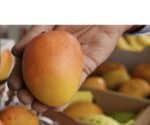
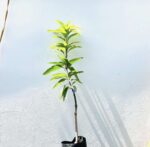
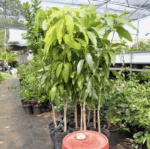
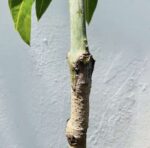
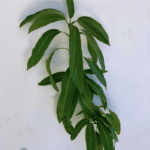



Grafted mango ( mangifera) tropical fruit tree alphonso 3’-4’ tall
$100.00 Original price was: $100.00.$79.99Current price is: $79.99.
Alphonso is a premium variety of mango that is considered one of the best in terms of flavor, sweetness, and fragrance. It is also known as Hapoos, Aapoos, or Alphonse and is primarily grown in the Konkan region of Maharashtra, India.
Alphonso mangoes are medium-sized with a distinctive shape, round at the base and pointed at the top. They have a bright golden-yellow skin with a tinge of red on top. The flesh is soft, smooth, and fiberless, with a creamy texture that melts in the mouth. The flavor of Alphonso mangoes is described as being rich, sweet, and aromatic, with a perfect balance of sweetness and acidity.
The harvest season for Alphonso mangoes is typically from March to June, and the fruit is in high demand both in India and worldwide. In fact, Alphonso mangoes are often referred to as the “king of mangoes” due to their superior flavor and high-quality characteristics.
Alphonso mangoes are used in a variety of ways, including eating fresh, making desserts, smoothies, and juices, as well as in cooking. The fruit is also a rich source of vitamins A and C, and dietary fiber, making it a healthy addition to any diet.
A grafted mango tree is a type of mango tree that is created by joining the stem of one mango tree (the scion) to the roots of another mango tree (the rootstock). This process is called grafting, and it is a common practice in horticulture for creating new plant varieties.
Grafted mango trees are highly desirable for their ability to produce high-quality, disease-resistant fruit. The scion is chosen for its desirable characteristics, such as fruit size, flavor, and ripening time, while the rootstock is chosen for its strong root system and ability to resist soil-borne diseases.
When a grafted mango tree matures, it can reach heights of up to 30 feet and produce a large number of fruit. The fruit of a grafted mango tree can vary in size, shape, and color depending on the specific variety of mango used as the scion.
Grafted mango trees require well-draining soil, full sunlight, and regular watering to thrive. With proper care, a grafted mango tree can produce fruit for many years, making it a valuable addition to any orchard or home garden.
The mango tree is a tropical evergreen tree that is native to South Asia but is now cultivated in many countries worldwide. It is a large tree that can grow up to 100 feet in height with a dense and spreading canopy that can reach a width of up to 80 feet.
The mango tree has a straight trunk that can be up to 3-4 feet in diameter, and it has a rough, gray-brown bark. The leaves are long and narrow, ranging in color from bright green to dark green, and they can grow up to 16 inches in length. The tree produces small, fragrant flowers that are white or yellowish in color and are arranged in large clusters.
The fruit of the mango tree is the mango, which is a large, oval-shaped fruit that can weigh up to 4 pounds. The skin of the mango is usually green when unripe and turns yellow, orange, or red when it ripens. The flesh is juicy, sweet, and has a unique tropical flavor, and it can range in color from yellow to orange to red.
Mango trees require a warm and humid climate, full sun exposure, and well-draining soil to grow and produce fruit. They are a popular fruit tree in many tropical and subtropical regions and are highly valued for their delicious fruit, as well as their ornamental value in landscaping. Mango trees can live for several decades and can produce fruit for many years, making them a valuable addition to any garden or orchard.
| Weight | 15 oz |
|---|---|
| Dimensions | 22 × 4 × 4 in |
| Planting Bag + Soil |
Planting bag + Soil ,I have soil and container |

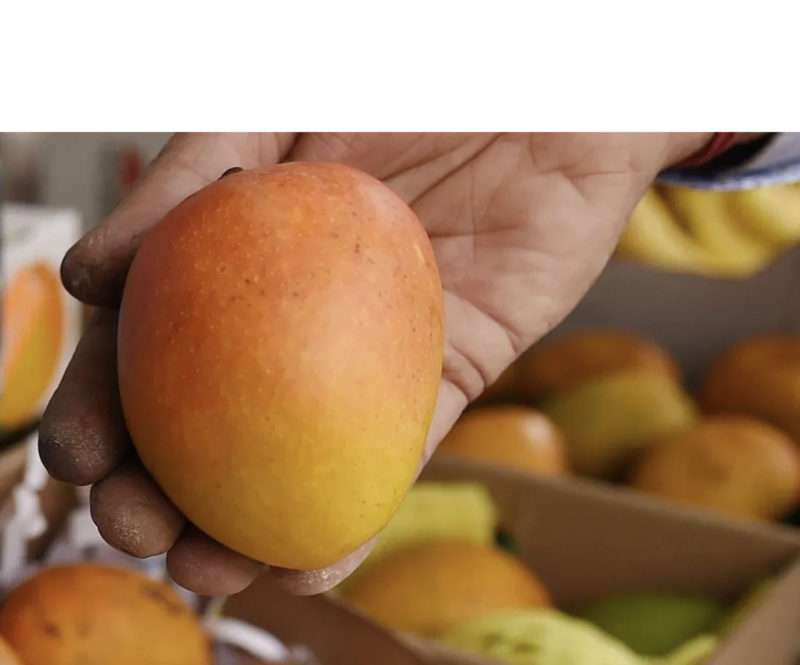
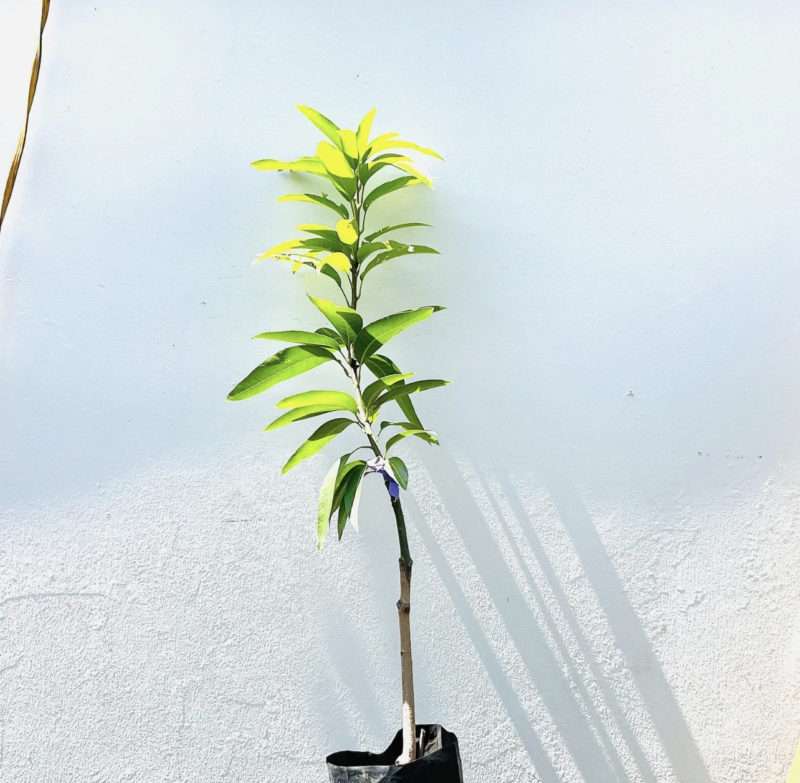
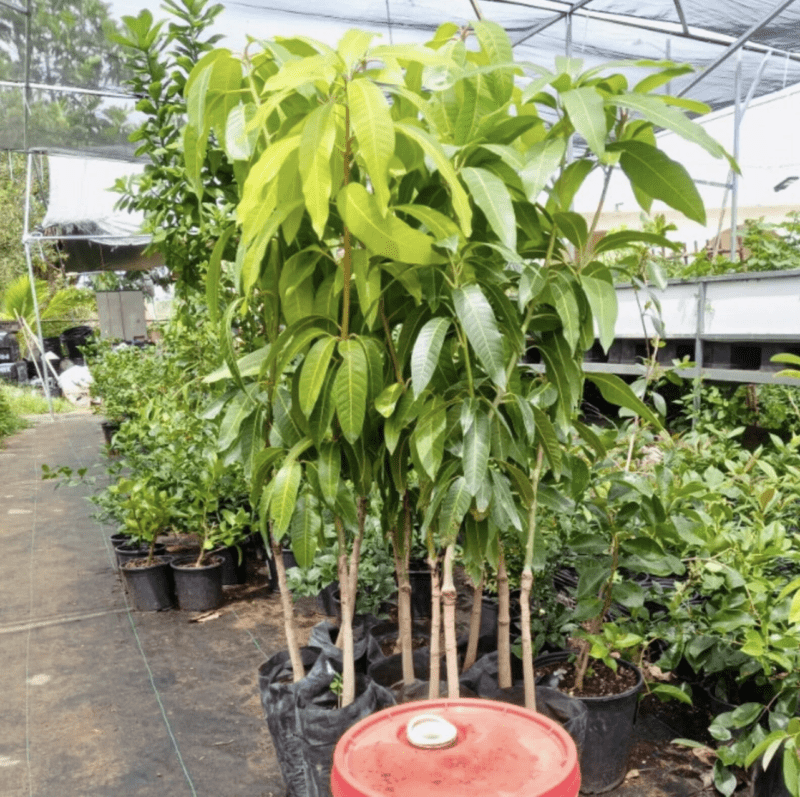
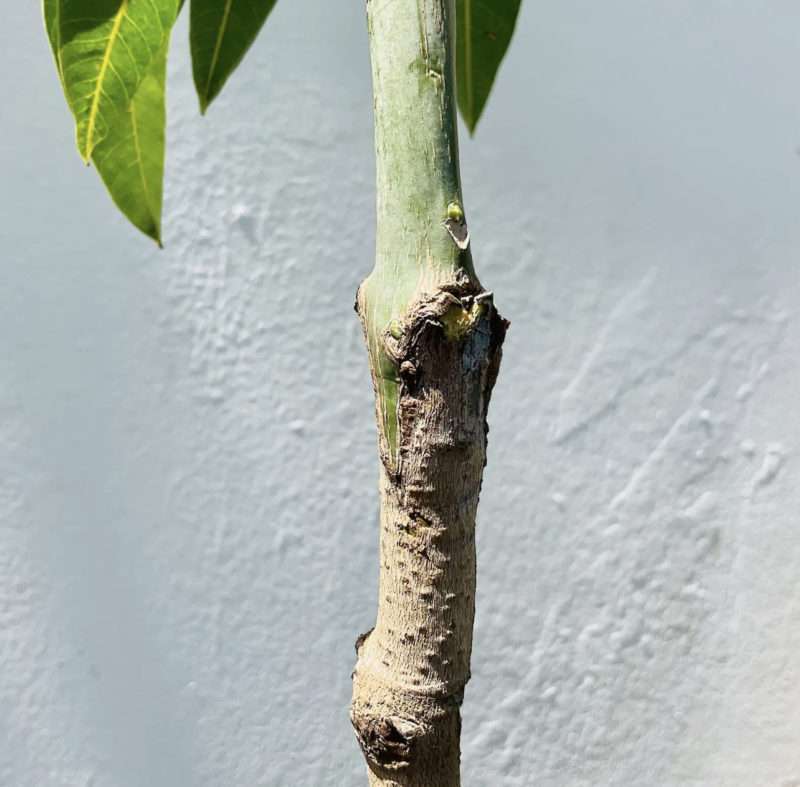
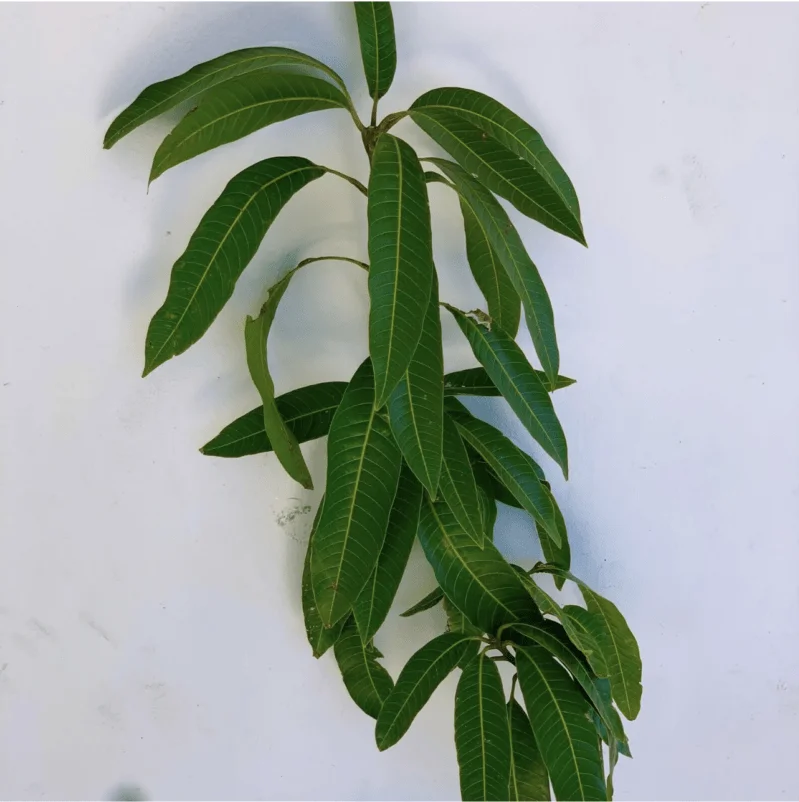

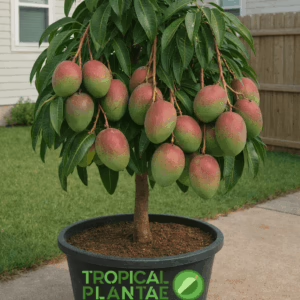
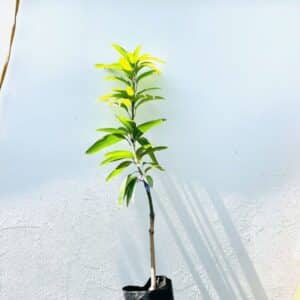

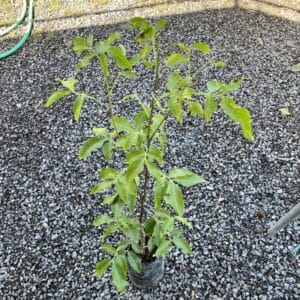


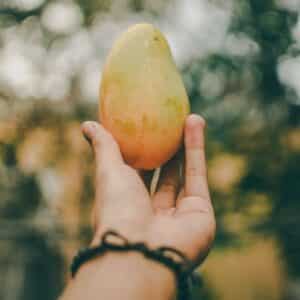





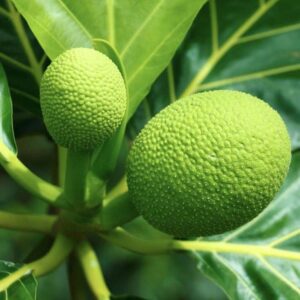
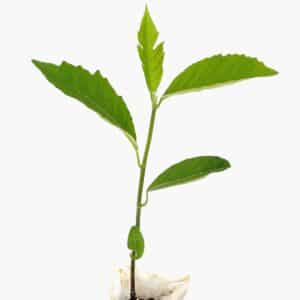
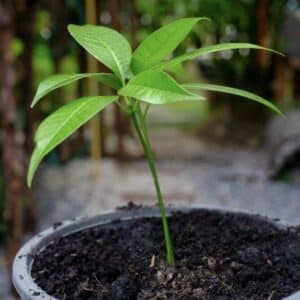
Reviews
There are no reviews yet.